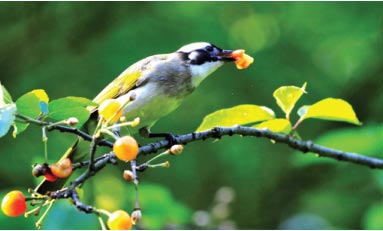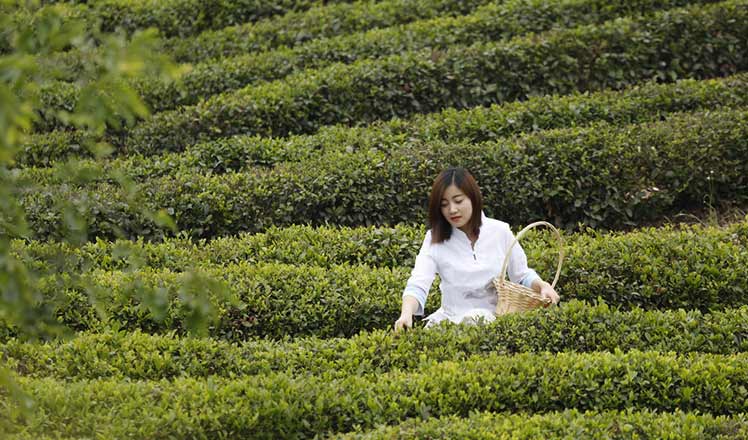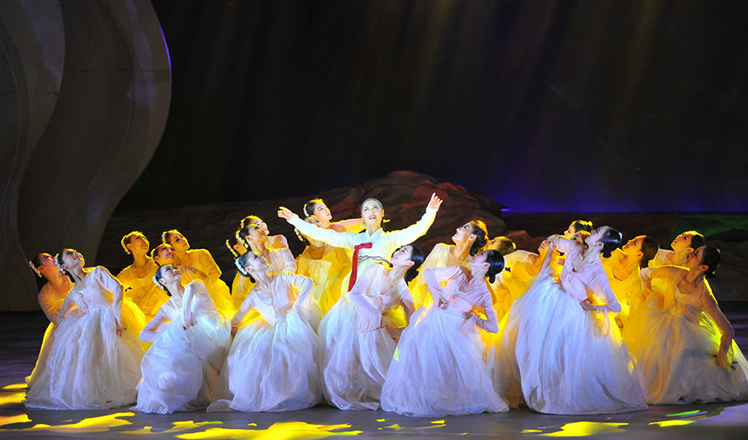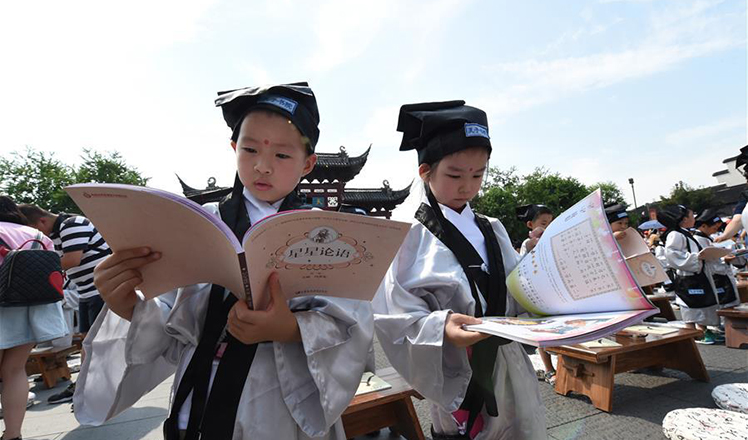Botanical garden-a colorful treat
Updated: 2016-09-05 08:36
By Mike Peters(China Daily)
|
||||||||
 |
|
Covering an area of about 230 hectares, the Hangzhou Botanical Garden can be found at the foot of Jade Spring Hill in the northwest end of West Lake in Hangzhou. [Photo by Chai Shijue/Li Zhong/Lai Shunxing/China Daily] |
The garden is much more than picture-book landscapes. One of its most interesting missions is to showcase garden plants in the broader Chinese cultural context.
In its bonsai garden, for example, you can see how this cultivation style mirrors calligraphy, literature and paintings in plants like Pinus taiwanensis "Hayata". The pine from Taiwan has been used for Chinese bonsai-shaping since the Song Dynasty (960-1279). "Each specimen is like a silent poem," the garden's resident expert Hu Zhong says.
The Chinese phrase for bonsai is penjing, which means "scenery in a pot", he adds.
At the bonsai garden's entrance are three plants that Chinese consider "friends" in winter: A pine, bamboo and a plum tree, because they look their best and also stand out in the cold season.
There are also ginkgo specimens that defy what we've come to expect from Japanese-style bonsai. Instead of limbs that are aggressively shaped with shears to get an artful and miniaturized effect, these specimens are what director Yu calls "natural" bonsai-big trees that have been topped-usually by storms-which have spouted new shoots in appealing forms.
Other collections are native plants, and rare to endangered plants. Yu walks us over to a plant nursery where new specimens, grown from seeds and cuttings of plants in the garden's collection, are bursting with green vigor from gallon-sized plastic pots. Locally discovered species, including the winter-flowering Sinocalycanthus chinensis, have pride of place in the garden.
- Xi tells Park China opposes deployment of THAAD in ROK
- Singapore confirms 27 new cases of Zika infection
- Russia, Britain agree to mend ties
- EU can't leave entire migration issue to mediterranean countries: official
- Rousseff appeals impeachment to Supreme Court
- Europeans displeased with their education systems

 Commemorative G20 stamps a hit at media center
Commemorative G20 stamps a hit at media center
 Ten photos from around China: Aug 26- Sept 1
Ten photos from around China: Aug 26- Sept 1
 Hangzhou: Paradise for connoisseurs of tea
Hangzhou: Paradise for connoisseurs of tea
 Top 10 trends in China's internet development
Top 10 trends in China's internet development
 Childhood captured in raw, emotive black and white
Childhood captured in raw, emotive black and white
 Korean ethnic dance drama shines in Beijing
Korean ethnic dance drama shines in Beijing
 Children explore science and technology at museum
Children explore science and technology at museum
 Children wearing Hanfu attend writing ceremony
Children wearing Hanfu attend writing ceremony
Most Viewed
Editor's Picks

|

|

|

|

|

|
Today's Top News
Trump outlines anti-terror plan, proposing extreme vetting for immigrants
Phelps puts spotlight on cupping
US launches airstrikes against IS targets in Libya's Sirte
Ministry slams US-Korean THAAD deployment
Two police officers shot at protest in Dallas
Abe's blame game reveals his policies failing to get results
Ending wildlife trafficking must be policy priority in Asia
Effects of supply-side reform take time to be seen
US Weekly

|

|







